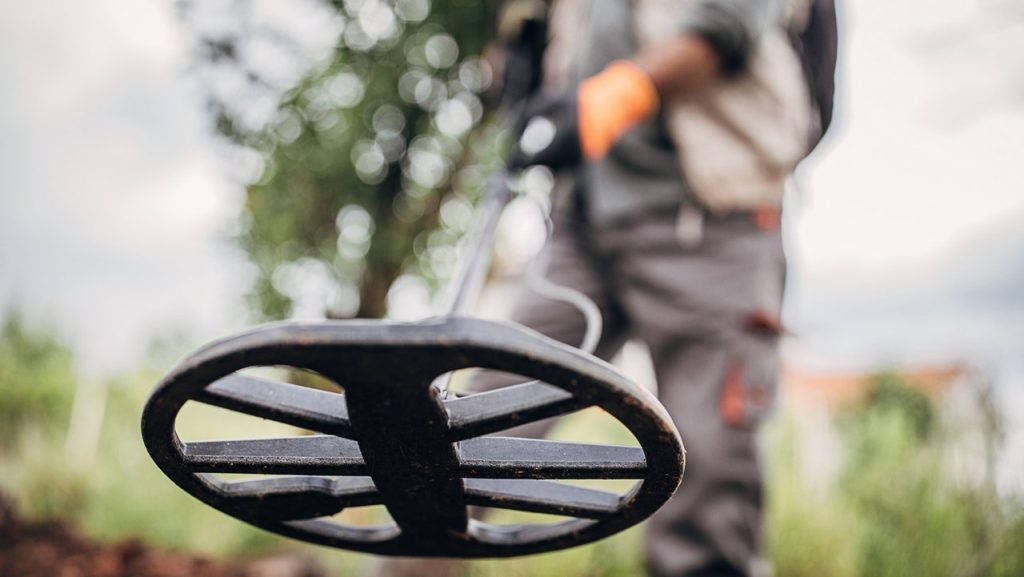A group of metal detectorists known as the Teignbridge History Finders recently discovered a hoard of 21 ancient coins in a field near Okehamption Castle in Devon, England. Led by Jim Luxton, the group found the coins over the course of a few weeks and named their discovery the Okey Hoard. Due to laws regarding treasure discovery, the find was not immediately announced, but was classified as treasure under the Treasure Act of 1996. Luxton stated that while the coins may not hold significant monetary value, they are considered a historical find and he hopes they will soon be displayed in a museum.
Metal detectorists have had luck in making historical finds throughout history. One of the most significant hoards ever discovered was the Staffordshire Hoard in England. Discovered by a metal detectorist in 2009 near Lichfield, the hoard consisted of 4,000 objects and broken fragments of Anglo-Saxon gold and silver metalwork, including war items like swords and helmets. Another notable find in England was the Hoxne Hoard, discovered by Eric Lawes in 1992 while searching for a lost hammer with his metal detector. This hoard consisted of over 15,000 Roman gold and silver coins, as well as tableware and jewelry.
The Treasure Act of 1996 requires finders of treasure to notify the Coroner of the area where the discovery was made, as well as report the find to the landowner. In the case of the Okey Hoard, only a few coins were initially found, followed by more coins upon further investigation. The hoard dates back from 1282 A.D. to 1434 A.D., making it a valuable historical find. Luxton expressed his excitement at the discovery and hopes that the coins will be displayed in a museum for others to appreciate.
Metal detectorists have made remarkable finds in various locations, including a college student in Denmark who used his metal detector to discover ancient jewelry. The discovery of the hoard near Okehamption Castle in Devon adds to the list of significant finds made by treasure hunters around the world. While some finds may not hold significant monetary value, they provide valuable insights into history and are often displayed in museums for the public to see.
The Staffordshire Hoard and the Hoxne Hoard are two of England’s most famous archaeological finds, discovered by metal detectorists in fields in Staffordshire and Suffolk, respectively. These hoards contained thousands of objects, including gold and silver coins, jewelry, and war items from different historical periods. The discoveries made by metal detectorists have contributed greatly to our understanding of history and continue to inspire others to search for hidden treasures buried beneath the ground.


